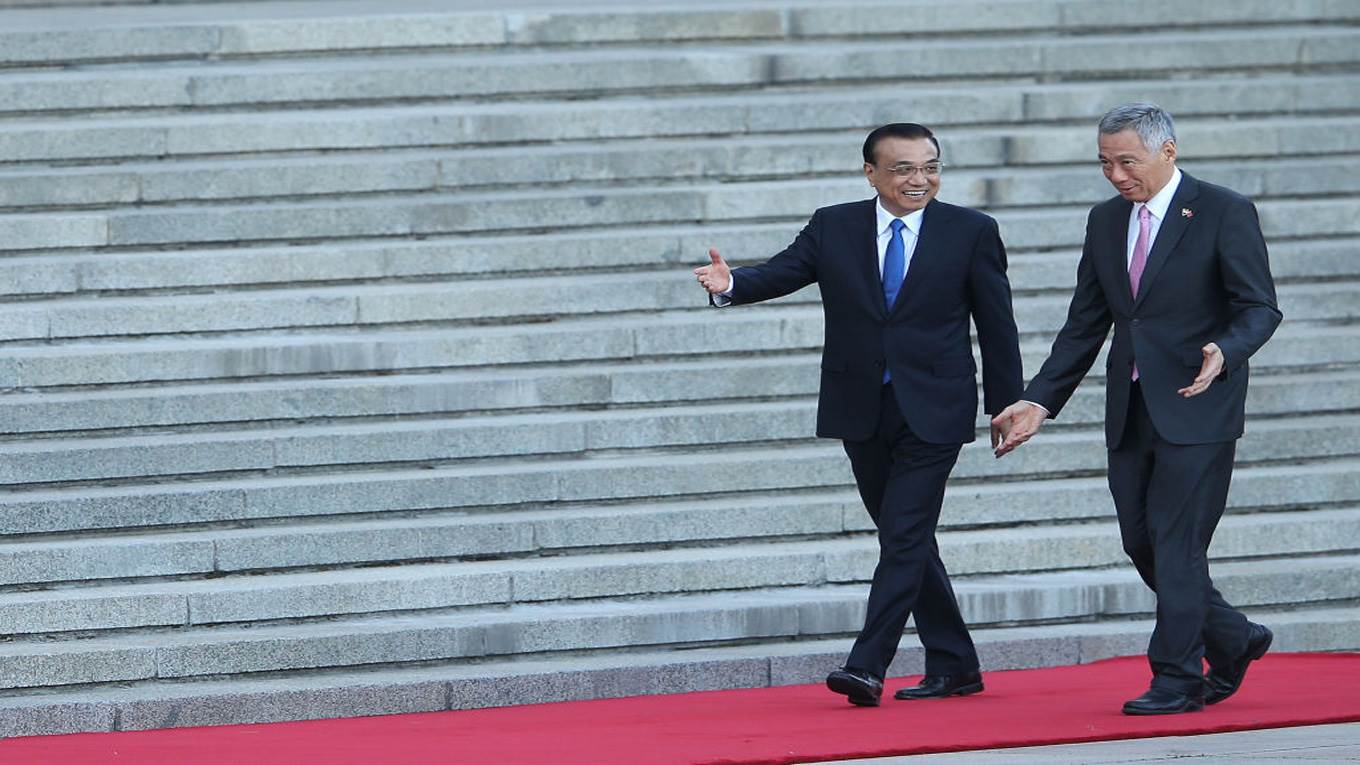MINXIN PEI
 Facing escalating geopolitical competition with the US, China is scrambling to win friends in East Asia. But while China's neighbors will undoubtedly welcome any respite from Chinese belligerence, they will not be fooled by sweet talk – or even sweet trade deals.
Facing escalating geopolitical competition with the US, China is scrambling to win friends in East Asia. But while China's neighbors will undoubtedly welcome any respite from Chinese belligerence, they will not be fooled by sweet talk – or even sweet trade deals.
STOCKHOLM – Over the last decade, China has taken an increasingly muscular approach to relations with East Asian countries. But in recent months, it has surprised its neighbors with a charm offensive. What changed?
In terms of China’s behavior in the region, quite a lot. In 2013, China unilaterally declared an Air Defense Identification Zone covering the East China Sea’s disputed Senkaku/Diaoyu Islands – a move that exacerbated tensions with Japan. A year later, China began to construct large artificial islands in disputed areas of the South China Sea. In 2016, China imposed sanctions on South Korea in response to the decision to allow the United States to deploy a missile-defense system there.
Now, however, such geostrategic bullying seems to be taking a backseat to diplomacy. Last month, Chinese President Xi Jinping welcomed Japanese Prime Minister Shinzo Abe to Beijing. Abe’s visit to China was the first for a Japanese leader in seven years, and Xi’s scheduled visit to Japan next year will be the first for a Chinese president in more than a decade.
Last week, Chinese Premier Li Keqiang headed to Singapore, where he signed an upgraded version of the China-Singapore free-trade agreement. He also hopes to sign and implementthe Regional Comprehensive Economic Partnership, which China initiated several years ago to counter the now-defunct Trans-Pacific Partnership, next year (an overly ambitious target unlikely to be achieved, owing to the complexities of multi-party trade deals).
China’s new, less antagonistic approach does not reflect a change of heart or objectives on the part of its leaders, but rather a change in the regional geopolitical landscape. Over the last six months, the US has abandoned its four-decade-old policy of engagement with China, adopting a containment strategy instead. Facing escalating geopolitical competition with the US, China is scrambling to win friends in the region.
Although China’s charm offensive is very recent, its contours are already clear. The most prominent feature is trade. As the largest trading partner of numerous Asian countries, China will offer attractive trade terms to its neighbors, much as it has done with Singapore.
China’s new tactics also include more frequent high-level diplomatic engagement, focused on leading regional players, such as South Korea, Indonesia, and Vietnam, in addition to Japan. Xi Jinping, for example, is expected to visit the Philippines on November 20-21. Through summits and other opportunities to convene senior officials, China will attempt to cultivate friendlier relations with its neighbors. To support these efforts, China’s propaganda machine has probably been instructed to tone down nationalist rhetoric and cut out content that might offend its neighbors.
Finally, China may temporarily restrain its assertion of territorial claims. For example, it is unlikely to turn the Scarborough Shoal, which it seized from the Philippines in 2012, into another artificial island in the foreseeable future. Likewise, it will probably avoid sending ships close to the Senkaku/Diaoyu Islands and antagonizing Japan.
East Asian countries have so far responded positively to China’s new diplomacy, and they would undoubtedly welcome any respite from Chinese belligerence. But neither sweet talk nor trade deals will secure reliable allies for China, especially in a contest against the US.
Few in East Asia want to live in the shadow of a hegemonic China. The fear of that prospect has long underpinned America’s East Asian security architecture, which is based on bilateral alliances and forward deployment of the US military. And it sustains widespread support in East Asia for the US to act as a strategic counterweight in the region.
To be sure, most East Asian countries prefer not to choose a side outright. But if the US and China were to engage in direct strategic conflict – an increasingly likely prospect – it is the US that would gain the most support, especially from allies like Japan, South Korea, and Vietnam. Malaysia and Singapore would probably also back the US.
If China wants to make reliable friends in its neighborhood, it will have to make far greater concessions on security issues, especially territorial disputes. For example, a permanent settlement of claims concerning the Senkaku/Diaoyu Islands would go a long way toward convincing Japan that China does not pose a serious threat. Similarly, China’s acceptance of international arbitration of its claims in the South China Sea would assuage the fears of its Southeast Asian neighbors.
As it stands, there is no indication that Xi, who has pledged to “make China great again,” is so much as considering such concessions. But as long as China takes a purely tactical approach, it will reap purely tactical gains. When it comes to building friendships that can withstand strategic conflict with the US, those gains will not be nearly enough.
No comments:
Post a Comment